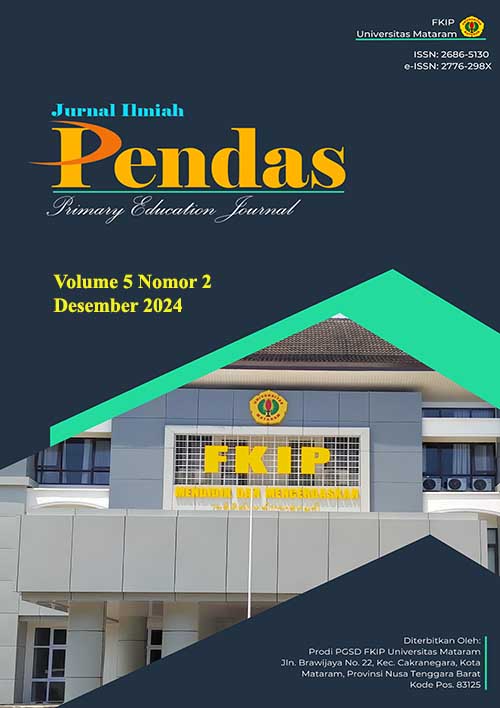MEMBANGUN PEMAHAMAN YANG MENDALAM DALAM PEMBELAJARAN DENGAN PRINSIP UNDERSTANDING BY DESIGN (UBD)
DOI:
https://doi.org/10.29303/pendas.v5i2.5236Keywords:
Understanding by Design, Backward Design, UbD LessonsAbstract
When designing a lesson plan, the first steps involve setting learning objectives, outlining instructional steps, and creating assessments. However, in practice, teachers often focus on covering all material without revisiting which content will be taught. This study aims to provide deeper insights into lesson planning using the Understanding by Design (UbD) framework. This research is a literature review that describes UbD or Backward Design principles. It draws on various sources such as articles, journals, and relevant documents. The study focuses on UbD-based learning. The findings indicate that UbD can be implemented by identifying desired outcomes, assessment results, and lesson plans. UbD-based learning has proven effective in classroom settings. The benefits of UbD include enhancing students' ability to apply knowledge, empathize, think critically, and develop self-awareness. Within the UbD framework, teachers act as instructional designers, analyzing basic competencies and determining achievement indicators based on those competencies' characteristics.
Downloads
Published
Issue
Section
License
Copyright (c) 2024 Avelina Ova Namus, Atika Salma Choirunnisa, Annisa Nur Hidayati

This work is licensed under a Creative Commons Attribution-ShareAlike 4.0 International License.











